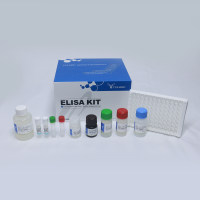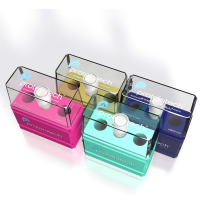Preparation of Membrane Rafts
互联网
520
The concept that biological membranes contain microdomains of specialized lipid and protein composition has attracted great attention in recent years. Initially, the focus in the field was very much on the characterization of cholesterol-and sphingolipid-rich plasma membrane microdomains that were resistant to solubilization in the cold non-ionic detergent Triton X-100. Such detergent-insoluble membrane domains were of low buoyant density and could be readily purified on sucrose equilibrium density gradients. The intrinsic buoyancy of the detergent-insoluble domains gave rise to the term “lipid rafts.” Cholesterol- and sphingolipid-rich rafts at the plasma membrane have been implicated in a wide range of cellular processes, including pathogen invasion, receptor signaling, and endocytosis [1 ]. However, work with other non-ionic detergents such as Lubrol WX and Brij-98 has revealed the existence of various raft subtypes with differing lipid compositions and proposed functions [2 , 3 ]. More recently, there has been some focus on isolating lipid rafts from intracellular organelles, in particular membranes from the Golgi-endosomal pathway, where raft lipids have been proposed to function in processes such as the sorting of vesicular cargo [4 ] and the processing of amyloid precursor protein [5 ]. While there remains a large degree of controversy surrounding the purity, the physiological importance, and even the existence of different types of lipid rafts in intact cells, the ability to routinely purify such domains has led to significant progress in understanding the functional architecture of biological membranes. We describe a number of widely used methods to prepare rafts, based on early preparations of caveolae by density gradient ultracentrifugation [6 ] and immunoaffinity precipitation [7 , 8 ].








